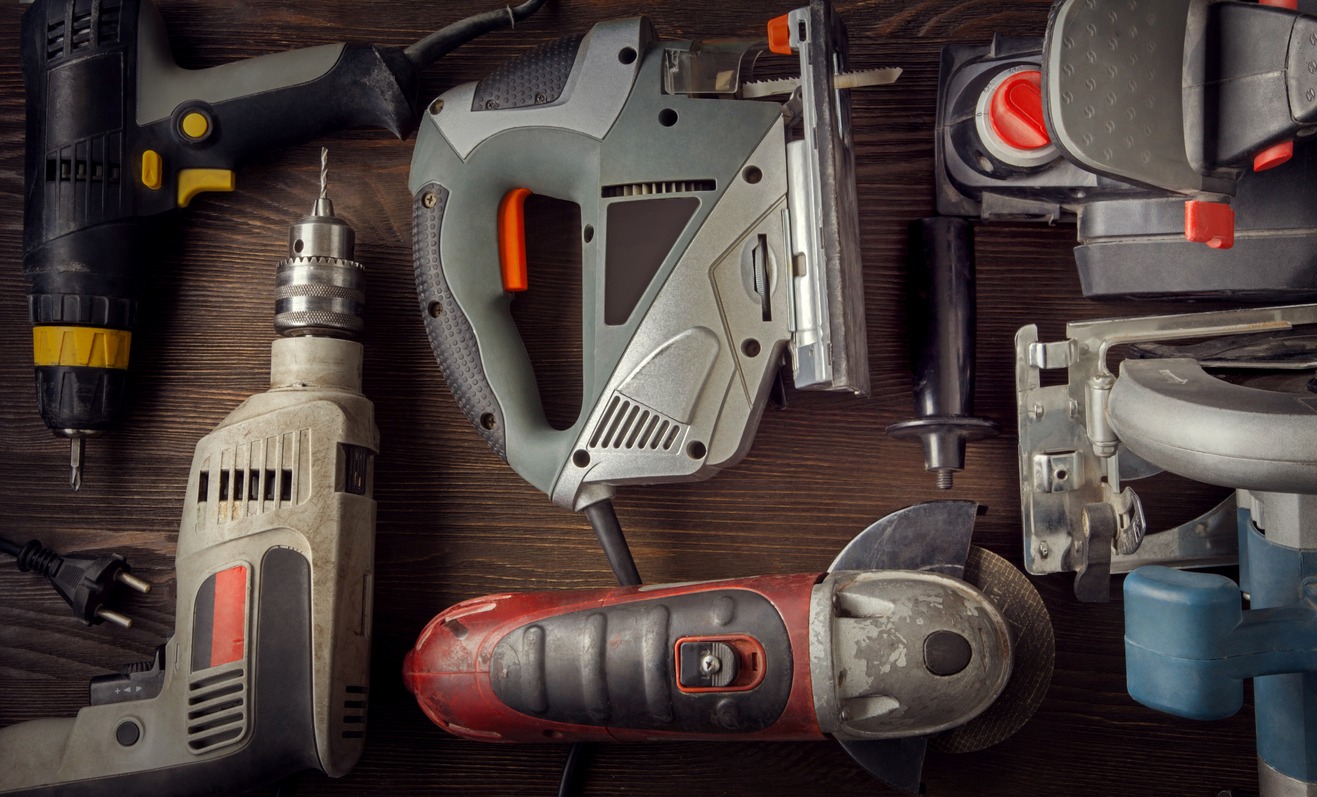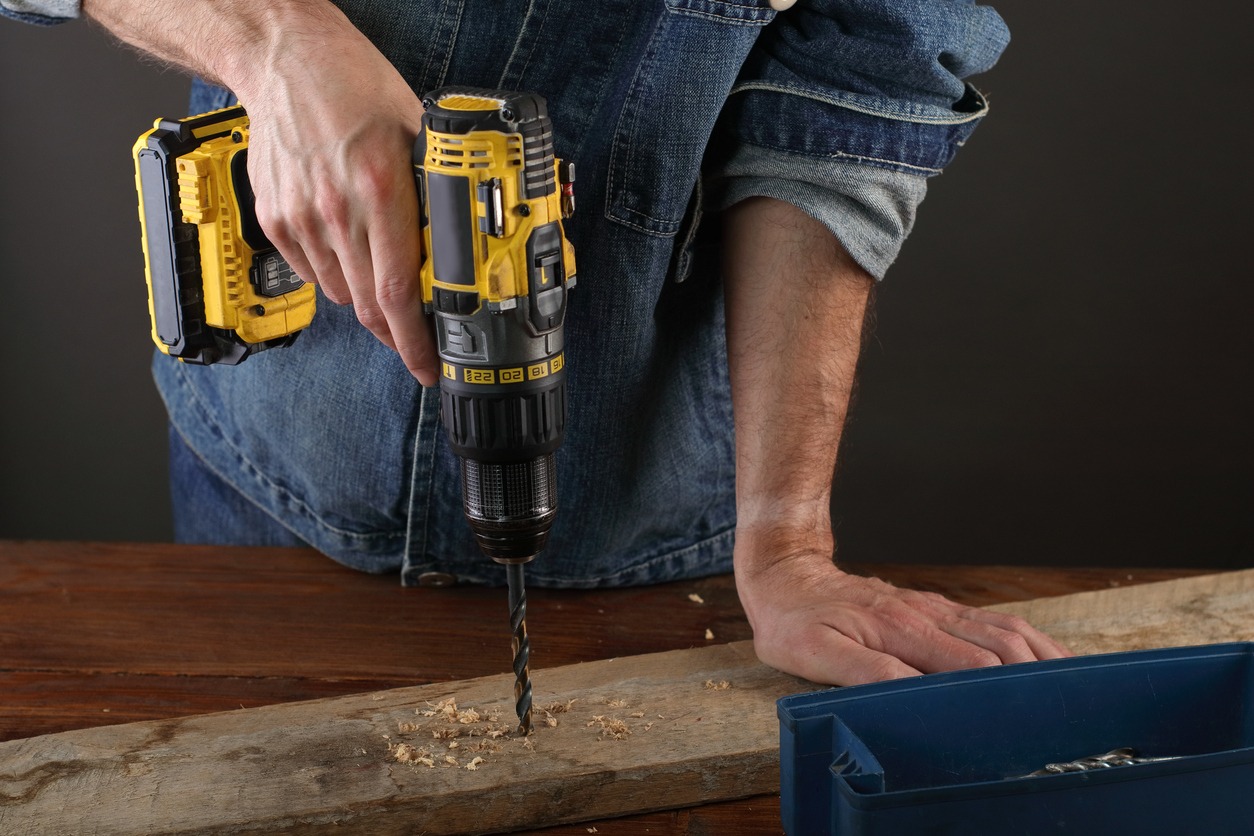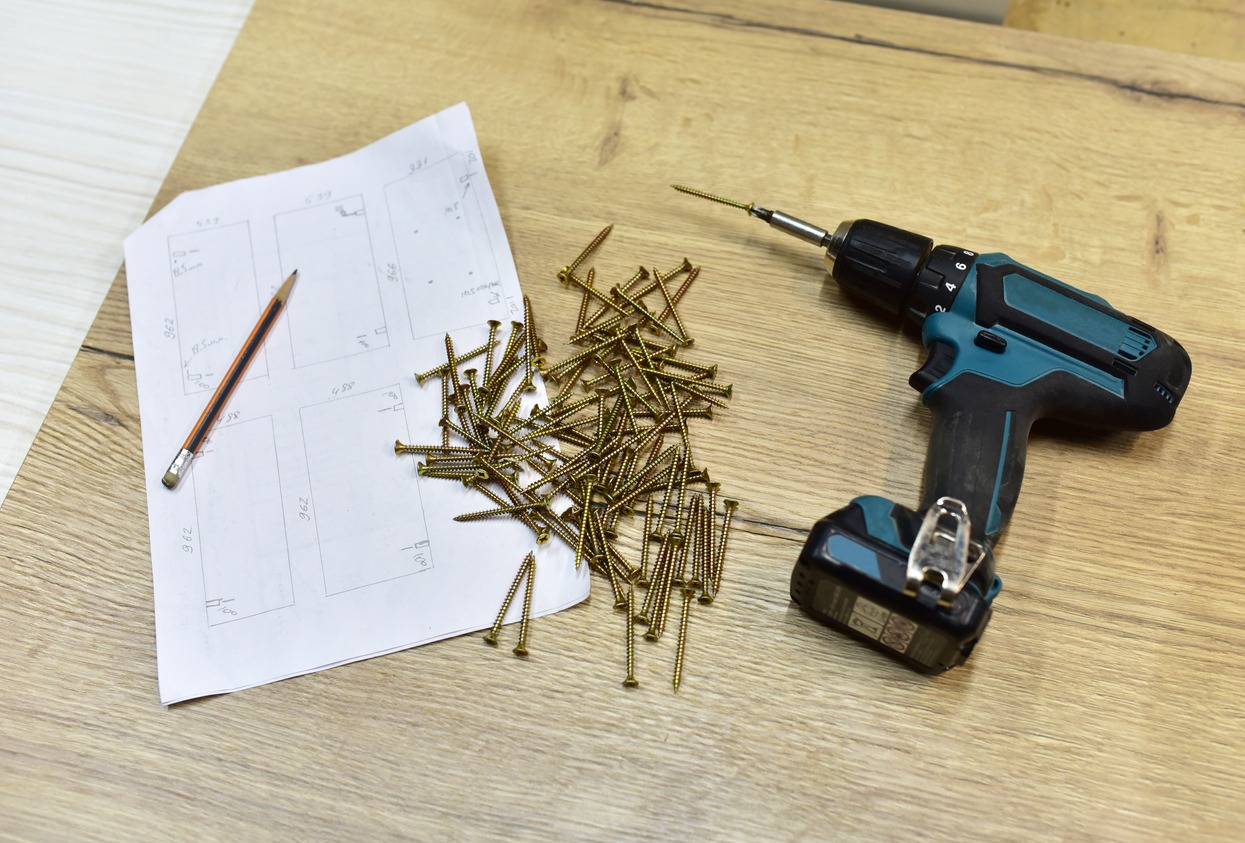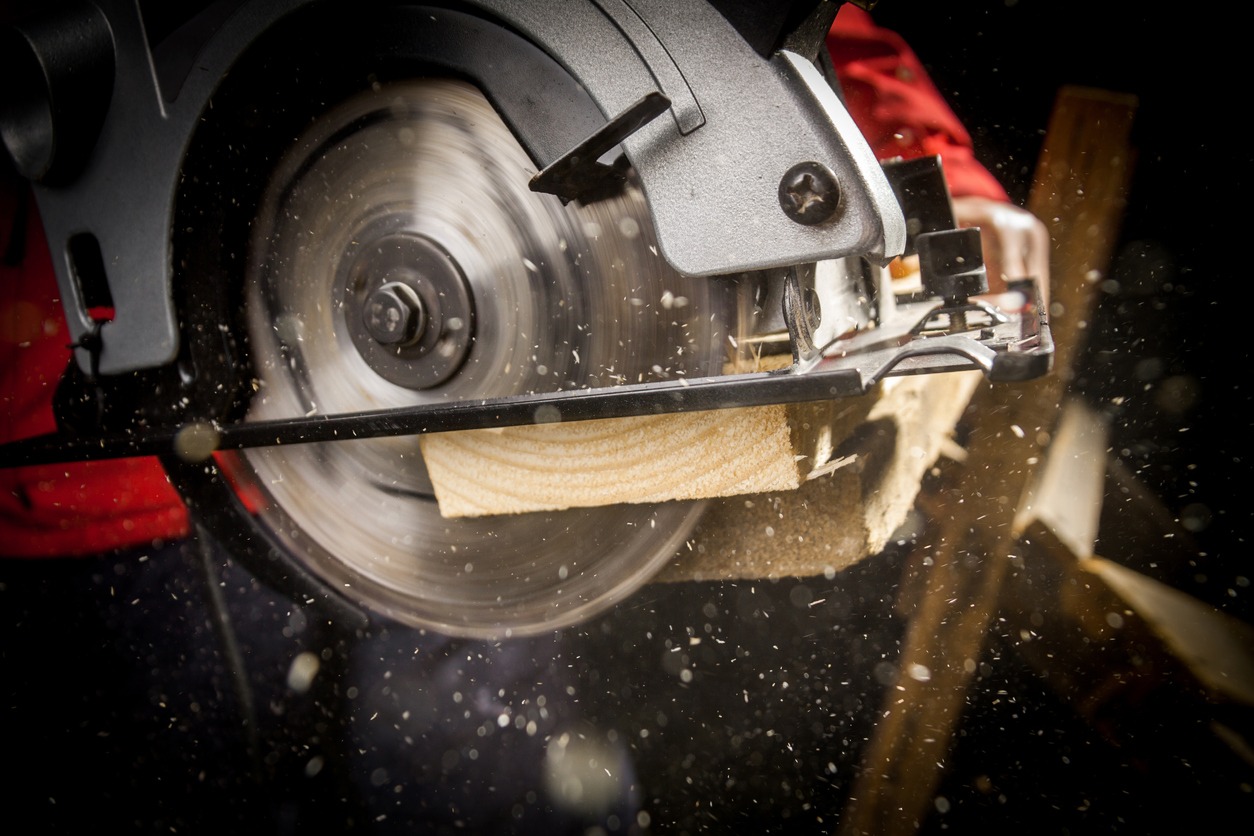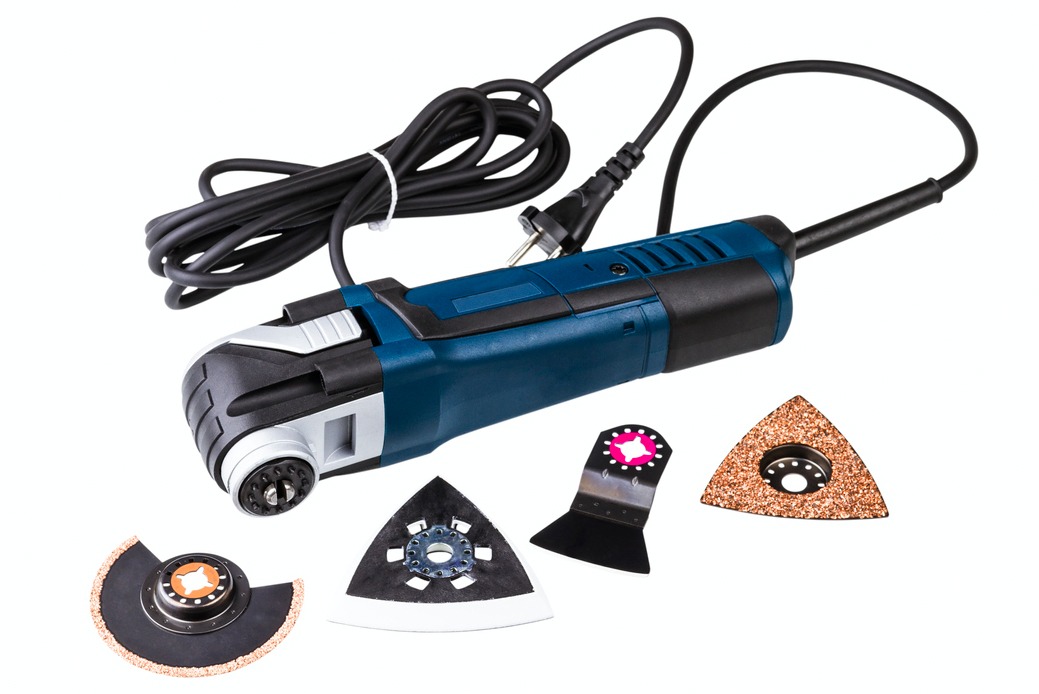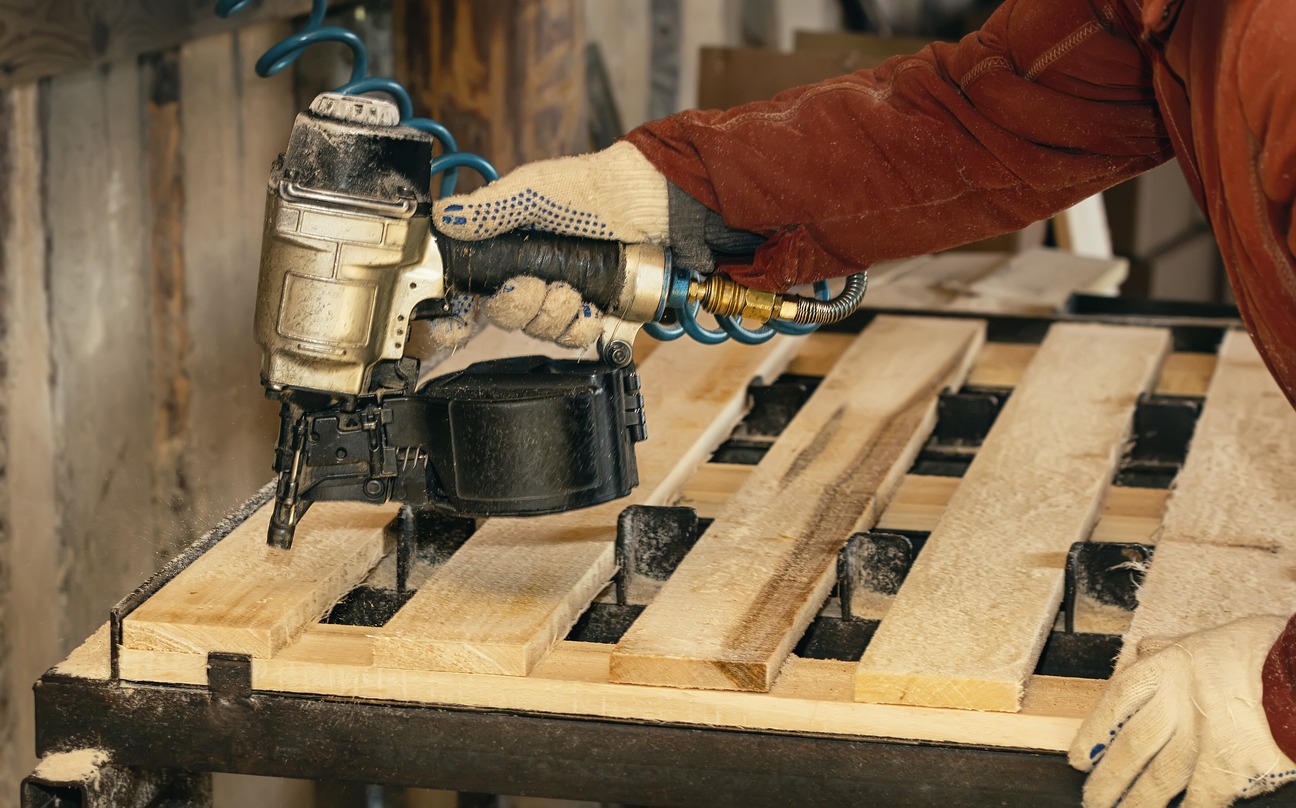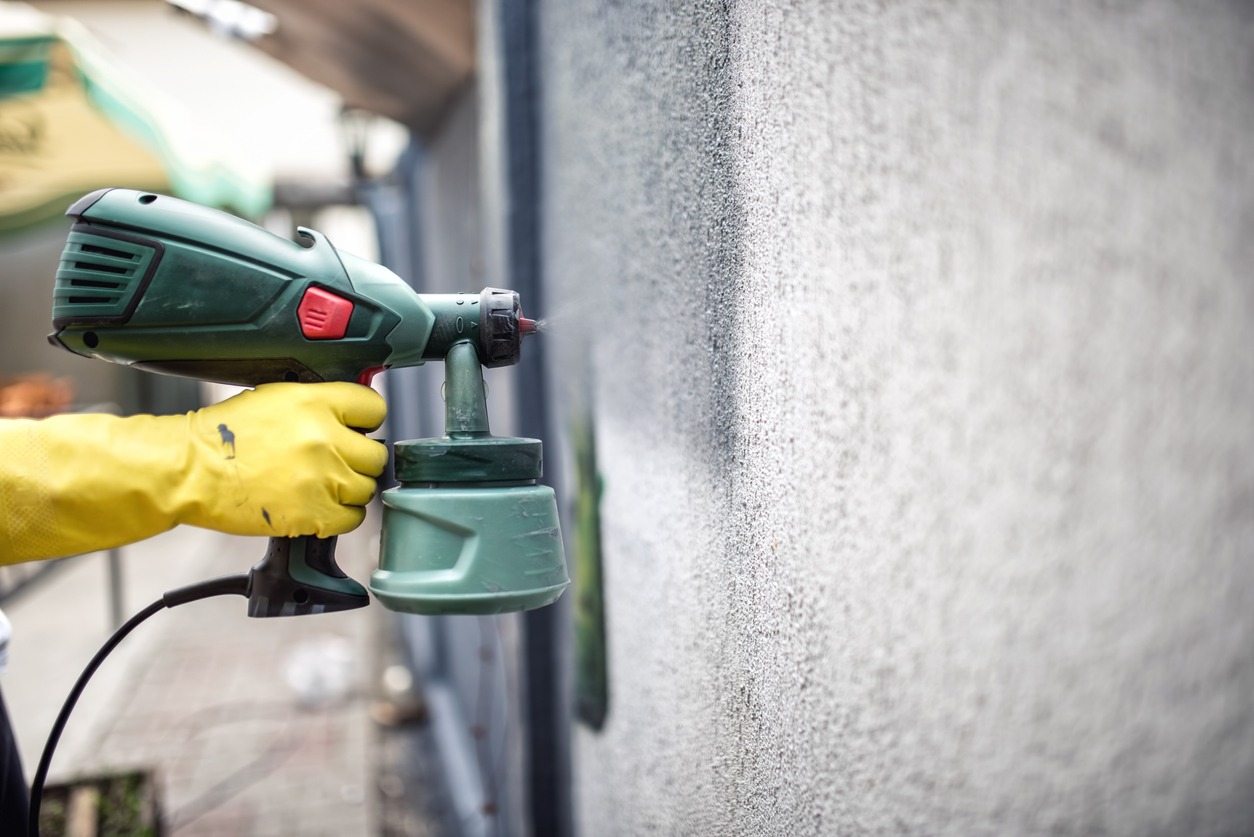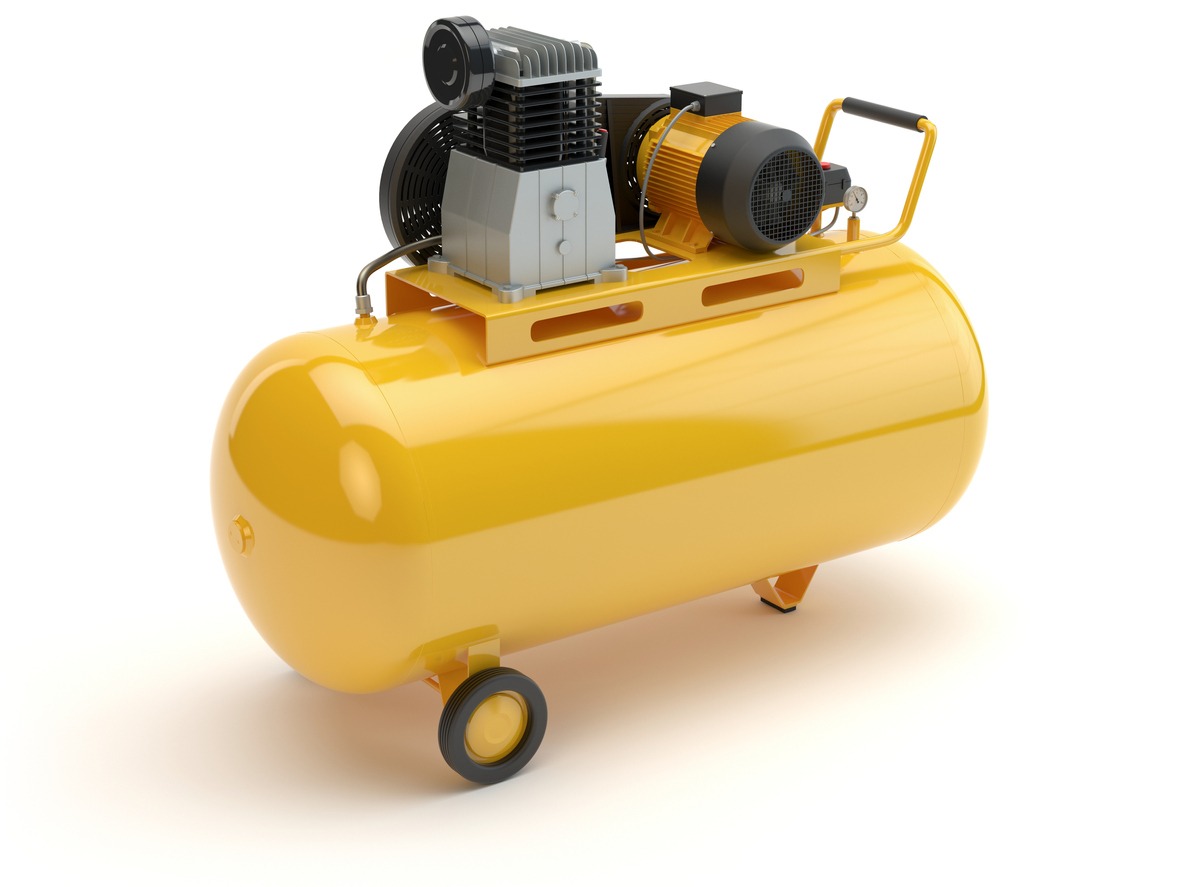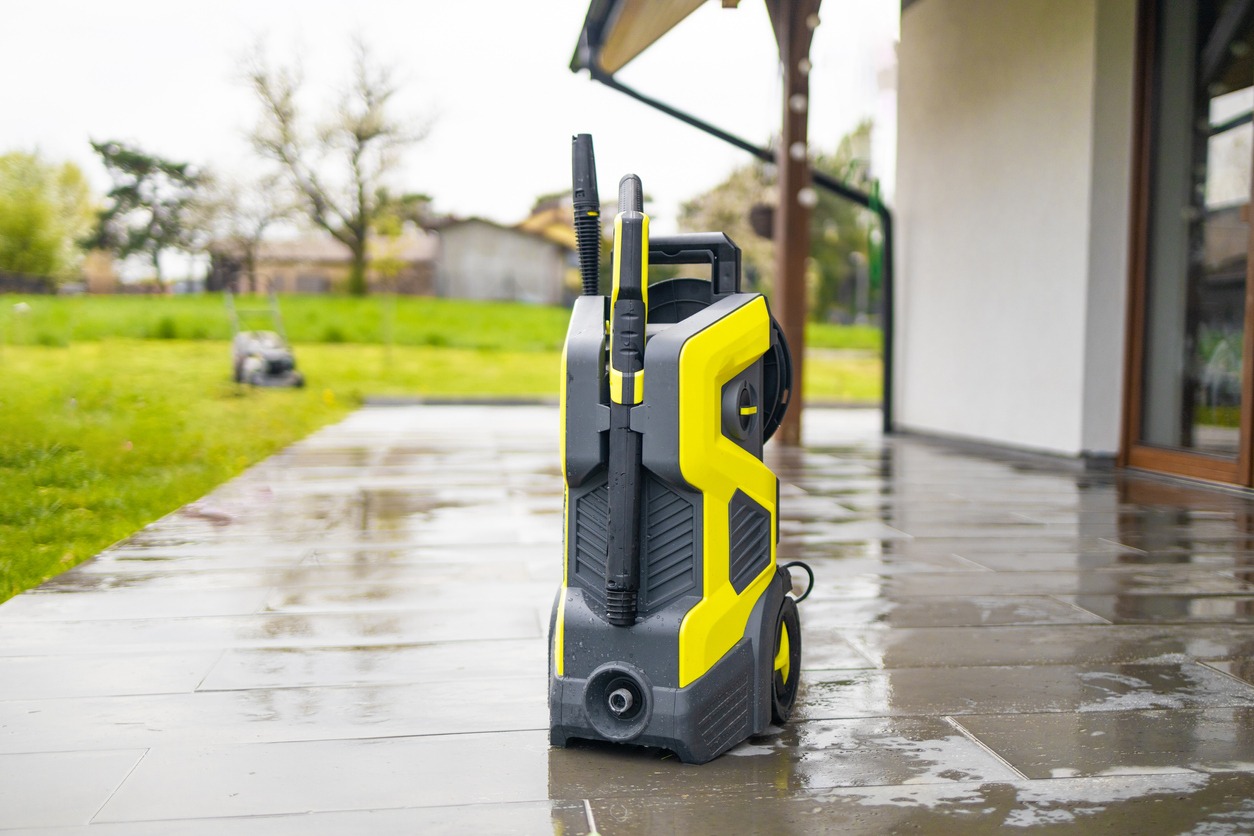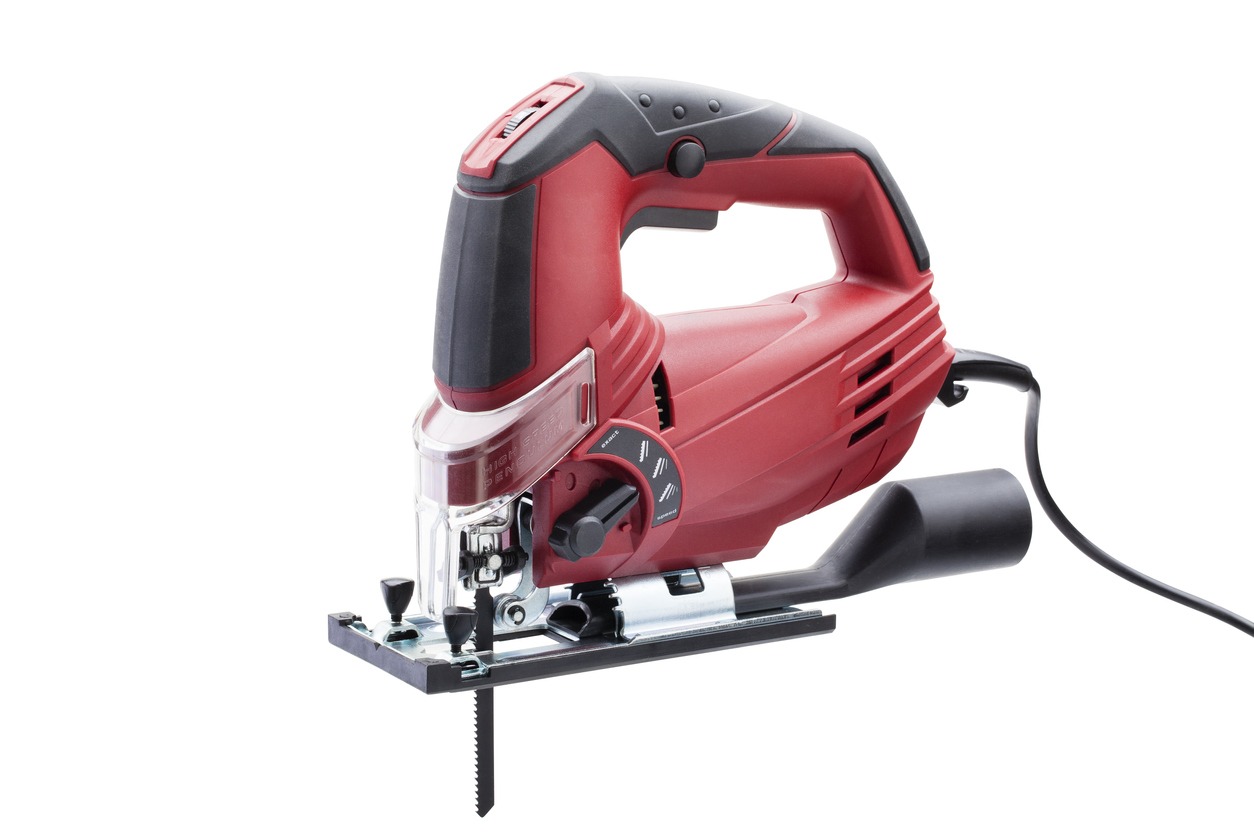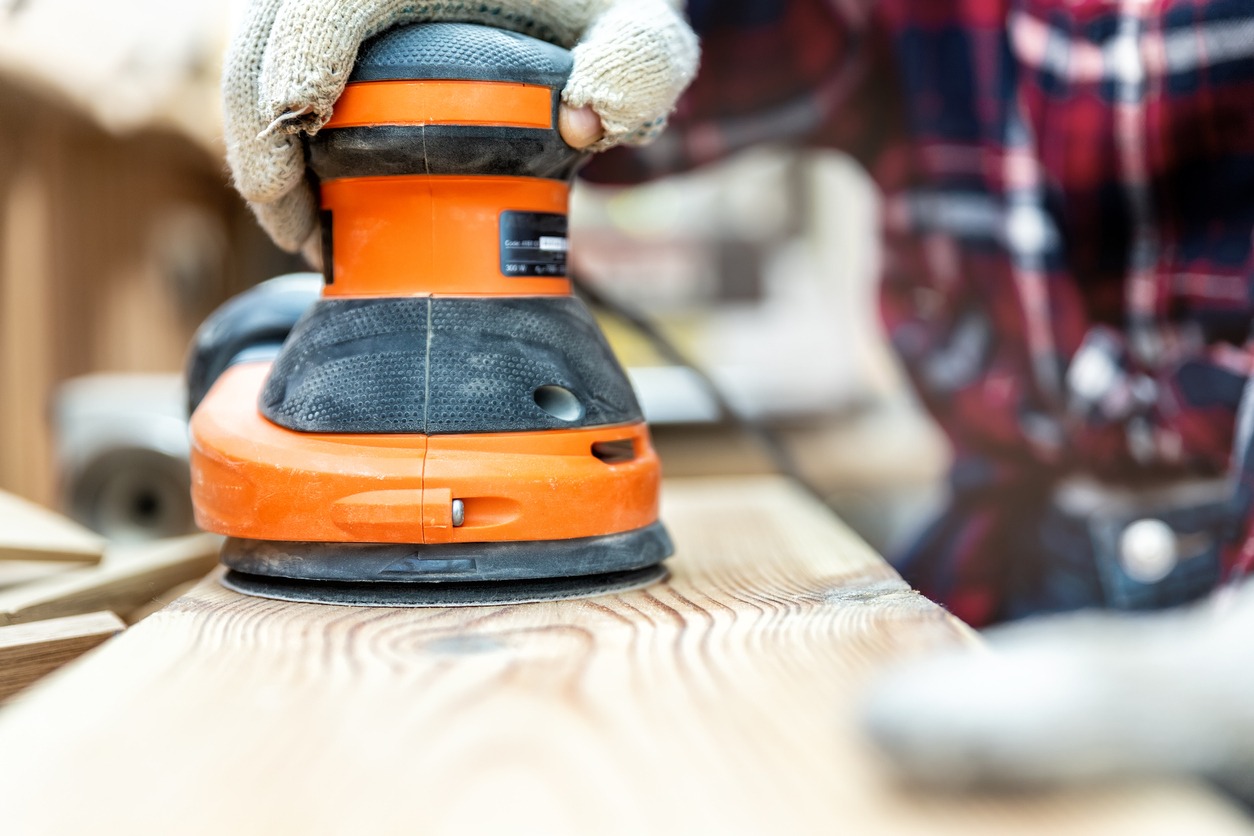A power tool is any tool that makes a job easier by eliminating or reducing the need for manual labor. These tools use power sources like electricity, air, or hydraulics. However, the list of power tools at our disposal today is too long. As a homeowner or someone interested in DIY projects, it makes financial sense to only pick the power tools that will take care of most jobs at hand.
Even though the best approach to choosing the right power tools is to take your time learning about your needs and applications, a few essential power tools are useful in most situations.
Finding the right power tools can make a lot of difference when it comes to DIY projects and general home projects. If you want to move beyond the basic hammer, saw and screw drivers, there is a whole inventory of power tools to choose from. However, picking the right ones can be difficult, especially if you are not familiar with what different tools do. Having the right power tools allow you to complete most tasks faster, and with better accuracy.
Key Considerations When Buying Power Tools
The core issue with picking power tools is that many of them come with similar features, which can make it challenging to distinguish one from the other. However, if you know what to look for in a tool, you’ll be in a better position to decide whether or not a tool you’re planning to buy is worth its value. Below are some key considerations that DIYers and hobbyists should make when buying power tools.
Make Yourself Familiar with Power Tool Brands
It is a good idea to familiarize yourself with various brands in the power tool niche. There are brands that are generally used in the household and DIY domain, while other brands are suitable for professional work. Contractor grade options usually carry heavier hardware and an extended set of features than DIY focused tools, and are priced accordingly.
Craftsman, Black + Decker, Porter Cable, RYOBI, Kobalt, Matika, and Skill are a few famous names in the DIY power tool market. Contractor brands include Hilti, Bosch, DeWalt, and Milwaukee.
Know Your Budget & the Features You Need
If the price of the tool you are considering is on the higher side, then weigh the costs of opting for a substitute or a lower priced option. For instance, if you want to buy a track saw, but there’s already a circular saw in your possession, then a speed square or a straight edge might do for making the required cuts.
If you have steady hands and don’t require a lot of precision and accuracy, a jigsaw can be a viable alternative to an expensive band saw. If you don’t have plans to work every weekend on projects or don’t need portability, you might be fine with corded power tools than battery powered tools, which can be more expensive. Make sure you analyze the capabilities of your existing toolkit and to what extent it can help you finish ongoing projects before splurging cash on things you might not actually need.
Don’t Forget to Examine the Power Capability
More power means more speed for sanding, more torque for miter sawing or screw driving, and more hammer action for impact driving. If you are not a pro, then you probably can do without tools that go above 18-volts.
For instance, an 18-volt drill would suffice for tasks like deck building and framing, while an 18-volt circular saw would let you cut through a significant amount of plywood, especially if you’re using a cordless model as they have thinner blades to make up for the less powerful torque.
There are still tools that you should always get with cords. If you want to cut thick lumber (a task that requires you to have circular or miter saws), you would need reliable and consistent power of a plug-in or corded tool. The same applies to hard workers like grinders and reciprocating saws.
Pay Special Attention to Accessories
Accessories can be a deal breaker when it comes to buying power tools. Vendors sometimes inspire brand loyalty by selling tools with accessories that only work with their own products. Once you’ve bought such a tool, you are stuck with the same manufacturer for future purchases, especially if the product does not come with the required accessories.
The second factor is bundled accessories. A product can look more expensive than the rest, but it might come with accessories or added functionality not offered by others. For example, you might appreciate the presence of a LED light, which gives users the ability to work in areas with low lighting. With all other things being equal, if the price of that tool is a bit higher than the models without an LED, it’s still a better investment. Take note if the manufacturer has invested time, effort and money in an ergonomic design, durable materials, or added some functionality.
Our Picks for Must-Have Power Tools
1. Cordless Power Drill
A power drill is a must-have power tool for homeowners and DIY users. But a cordless power drill is even more convenient since it is easy to carry, use, and store.
A typical cordless power drill should have features like:
- Forward and reverse direction
- Variable pressure trigger
- High/low-speed switches
- Dependable battery backup
Whether it is drilling holes or turning bolts and screws, using a power drill can make things incredibly easy. However, it is important to know that corded power drills are relatively less powerful than corded drills. If you’re doing heavy-duty work, it is best to choose a corded variant.
2. Impact Driver
When you are starting to build a power tool collection for home uses, you might get confused between impact drills and impact drivers. But there’s a fundamental difference between the two.
A power drill is best suited for drilling holes and driving screws in relatively softer surfaces. On the other hand, an impact driver is used when you need more torque to drive screws and drill holes in surfaces like dense wood or metals.
Impact drivers have enhanced torque, which results in powerful, but controlled pulses, or impacts, from the motor. It is preferred for building projects and precision drilling. An inherent risk with using impact drivers is over tightening of screws, so you must pay close attention and not over-apply the torque.
3. Circular Saw
Circular saws might look intimidating or hard to learn, but they’re easy to use and a must-have for DIY applications. Instead of spending energy and time using a handsaw, you can conveniently get a lot done in a fraction of the time with a circular saw.
A circular saw should have the following features/functions:
- Handle and power trigger
- Lock switch (prevents saw from turning on if someone presses the trigger accidentally)
- Bevel adjustment knob
- Depth lock knob
- Blade guard
When you’re using a circular saw, make sure to measure twice for more accuracy and precision. Moreover, avoid pushing the saw inward when cutting, and let its momentum carry it. Pushing the saw too much can put a lot of strain on the motor.
4. Reciprocating Saw
Regarded as the king of demolition projects, the reciprocating saw can chew through tubing, metals, drywall, and wood with ease. Users can also equip reciprocating saws with specialty blades for eliminating pruning and grout trees. Plus, if you’re going to work with pallet wood, a reciprocating saw is one of the best ways to remove it.
5. Oscillating Multi Tool
An oscillating multitool is a multi-purpose tool that generates a lot of power by oscillation rather than rotation. Oscillation is the type of motion where something rapidly moves to and fro. Also referred to as a master tool by some brands, this tool can perform various functions for homeowners and professionals.
It is one of the most versatile power tools a DIYer can have in his/her toolkit. An oscillating tool from a top brand can grind, flush-cut, scrape, plunge-cut, sand, and remove grout. The jack-of-all-trades tool functions by delivering tiny and quick vibrations that can sand in tight corners, cut metal, and more. Also, users get the option to extend the power and functionality of the oscillating tool with a wide range of interchangeable accessories.
When purchasing a multitool, make sure to buy complete kits. The kit will contain various attachments that will allow you to perform functions like:
- Pipe and screw trimming
- Cutting openings in drywall
- Sanding (furniture, wood, metal, rust, etc.)
- Scraping (adhesive, mortar, etc.)
- Removing grout
- Removing old paint
- Wood trimming
In short, this is a highly versatile power tool that is integral to any power tool collection.
6. Nail Gun
Every home has a hammer, but if you genuinely want to have speed and efficiency in your home or DIY woodworking projects, invest in a high-quality nail gun. There are two kinds of nail guns out there; corded and cordless.
For home and DIY use, cordless is more convenient. You also don’t need an air compressor with a cordless nail gun. Nail guns make it easier for you to work in tight spaces and reduce the risk of injury.
Having a compact nailer is the way to go when you are installing trim or completing small projects. It makes it convenient to do things like fixing a sunroom ceiling and adding crown molds, and it is even capable of replacing jigs due to its speedy function (since nails and glues are much quicker than screwing things together and making pilot holes). The added benefit of this DIY power tool is that most models function on a battery.
7. Paint Sprayer
Homeowners and DIYers can save time and hassle by switching from paint rollers and brushes to paint sprayers. These power tools deliver a uniform layer of paint quickly and thoroughly. They are suited for all kinds of painting projects, whether it is your metallic chair or your room’s walls.
You need to use an air compressor with a paint sprayer to create that much-needed pressure. But learning to use it is not as difficult as it might sound, and makes painting a much more cleaner and pleasing experience.
8. Air Compressor
Several power tools like corded nail guns, paint sprayers, and air drills require an air compressor. Moreover, an air compressor is quite helpful on its own. Whether it is pumping air in your bicycle’s tires or clearing dust from tight spaces, an air compressor is usually an underrated power tool.
Air compressors work by sucking air in a tank and compressing it to create high pressure. When you let this air loose out of an attachment like a hose, you fire a powerful jet of air that can be used for various purposes. You might also have to consider buying a hose and tip set when purchasing an air compressor.
9. Pressure Washer
A pressure washer is a handy power tool for homeowners because they know how quickly the outer walls, decks, porches, and driveways accumulate grime and dirt that they can not remove with regular washing.
A pressure washer will keep your house looking new without you having to put in a lot of effort. Even though these power tools used to be quite expensive, you can now purchase them without breaking the bank. These tools are especially useful if you have spaces that are regularly exposed to smoke or fumes.
10. Jigsaw
A jigsaw is a useful power tool for cutting wood or other materials with curved angles. Another application of jigsaws is making plunge cuts. If you know that you’re going to do a lot of woodworking in your DIY projects, a jigsaw is an essential tool.
Corded jigsaws are cheaper than cordless ones. Moreover, there are many different blades to choose from. Take some time to think about how you’ll use your jigsaw and select the right blades for the job at hand.
A jigsaw comes in handy when you have to cut shapes and curves, and it can also be used to make straight cuts with a guide. Models that offer multiple orbital settings provide greater control over accuracy and speed. While it can’t be compared to a reciprocating saw, you’ll find a jigsaw quite useful when your piece is too big to cut or when you’re unable to bring the task close to the tool.
11. Sanders
If your projects involve any sort of wood cutting (which they probably do), then an electric sander would become a necessity at some point. They offer the quickest route to sanding wood smoothly. Advanced models come with spring-loaded clamps that keep materials like sandpaper against the flat, square pad of the sander. Overall, electric sanders are intended for removing dried coats of varnish or paint, sanding off stubborn putty, rounding over edges that are sharp, and wood sanding in an ultra-smooth manner.
FAQs
1. Corded vs Cordless Power tools: which one is better?
Both have their own set of advantages and disadvantages. Cordless power tools offer convenience and mobility, but usually lack the kind of power corded models provide. Corded power tools are the recommended option if you want more power and don’t want to wait in the middle of a project to recharge a dead battery.
2. What causes power tools to fail?
Apart from the regular wear and tear and reduced battery performance, one of the main reasons why power tools fail is the old and worn carbon brushes. Carbon brushes are integral to a power tool’s operation, and replacing them on time will keep your tool working in top condition.
3. Which nail gun is better; corded or cordless?
If you’re always working in a single place, like a workshop, corded nail guns are better. However, many homeowners and DIYers prefer cordless variants for convenience.
4. Is a paint sprayer better than a roller?
No option is inherently better than the other, and it comes down to what you wish to achieve. If speed and efficiency is your goal, you can’t go wrong with a paint sprayer. However, paint rollers are preferred for their superior texture, better finish, and better paint adhesiveness.
Final Words
Power tools can make life easy, and you will not know the extent of it until you start using them. This list can get you started with the essentials, but the ideal power tool arsenal will vary depending on your projects and needs.
Although the list doesn’t cover every power tool out there, the ones mentioned above are considered to be the most important for most DIY and home projects. As a DIYer or hobbyist, you need to see what can make your work more enjoyable and productive and buy your power tools accordingly.
